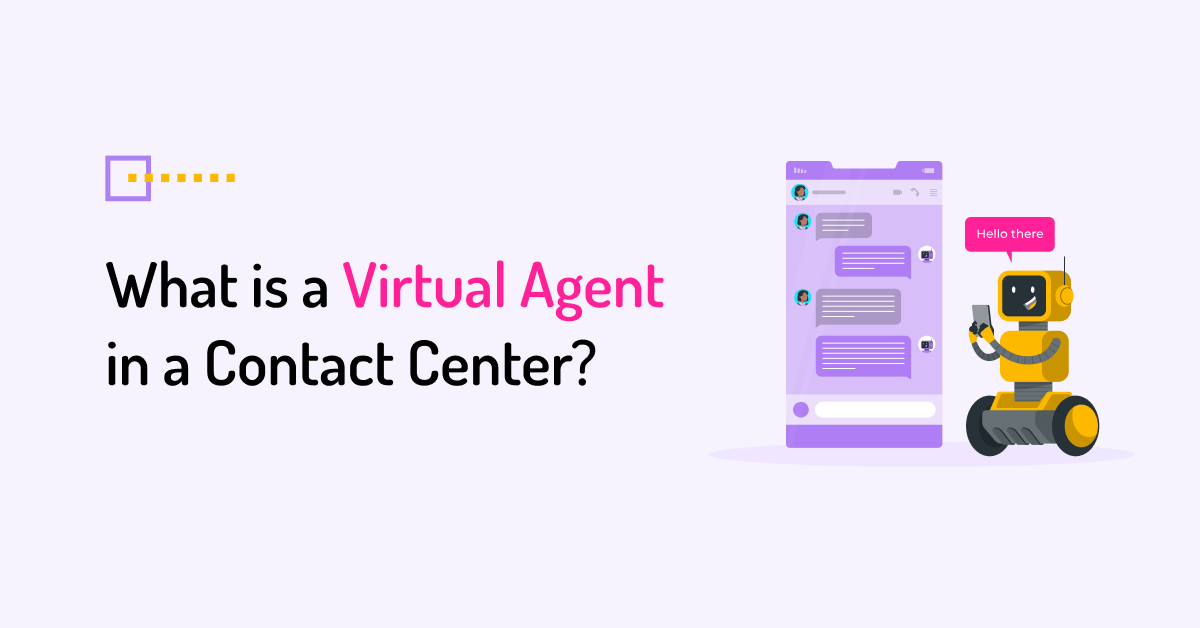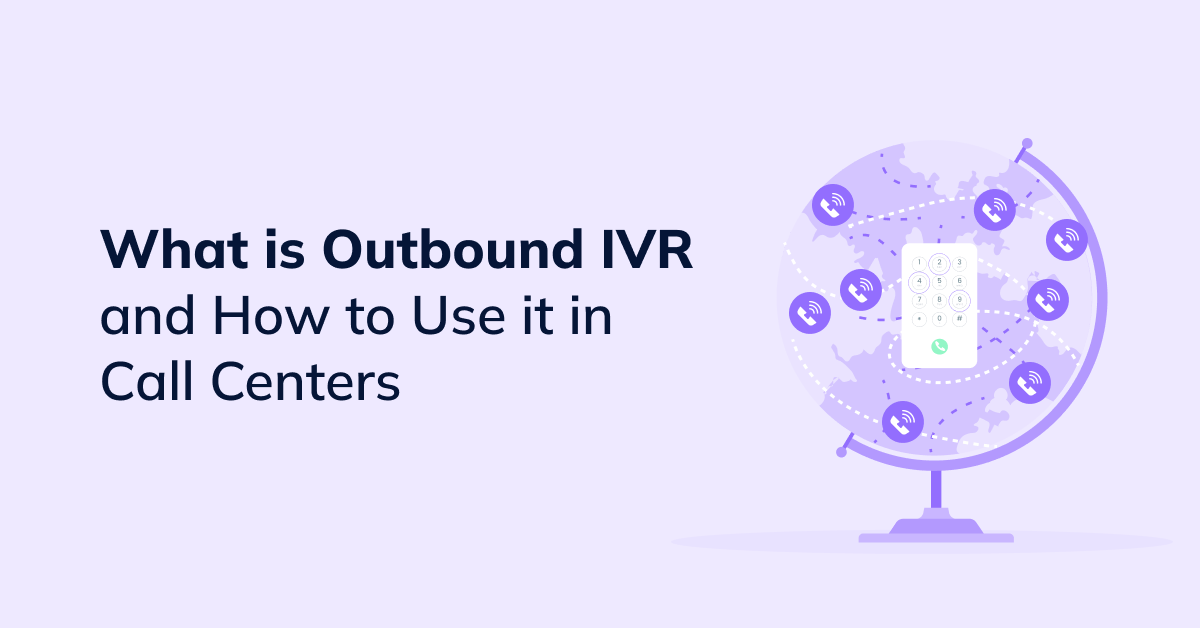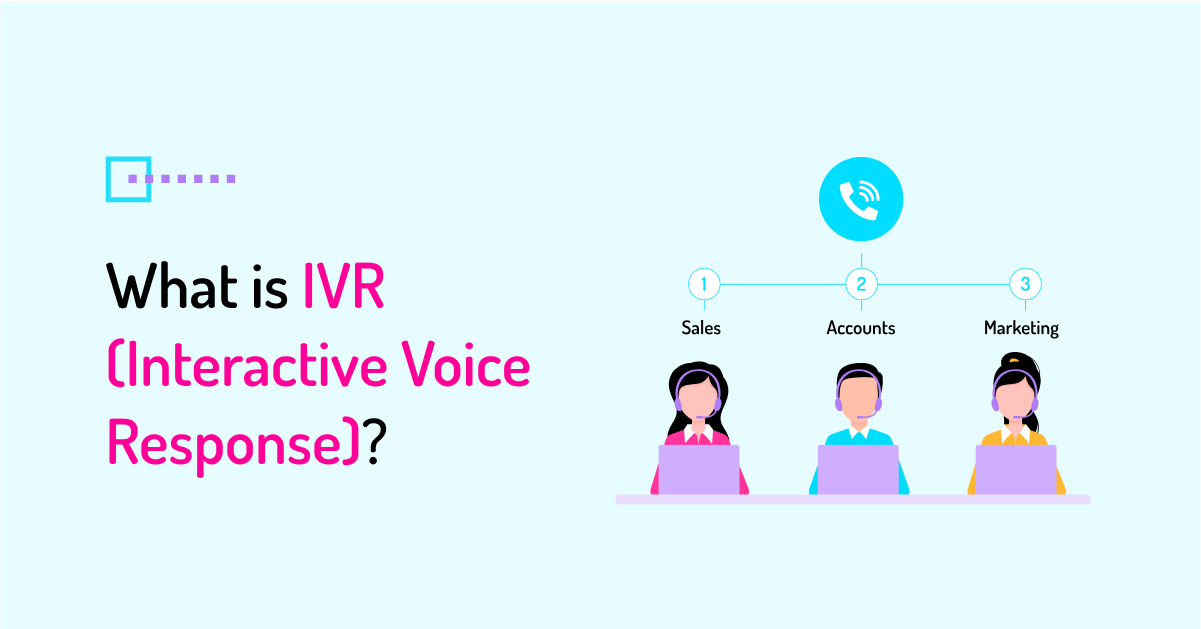In the era of digital transformation, contact centers have evolved to keep pace with rising customer expectations. A significant trend in this evolution is the shift towards employing virtual agents – a blend of artificial intelligence (AI) and natural language processing (NLP) designed to deliver excellent customer service.
What is a Virtual Agent?
Virtual Agent is a software program that uses artificial intelligence and natural language understanding to interact with customers. Whether it’s answering basic questions, scheduling appointments, or conducting basic troubleshooting, these digital workers are capable of performing a variety of tasks, making them integral to modern contact centers.
Virtual agents have come a long way from their initial form of scripted responses and limited functions. The integration of machine learning and NLP has empowered them to understand customer intent, engage in a conversational manner, and even perform more complex tasks. Advanced virtual agent platforms today can carry on personalized conversations, provide quick responses, and deliver an enriched customer experience.
The Role of AI in Powering Virtual Agents
Artificial Intelligence (AI) is instrumental in equipping virtual agents to deliver superior customer experiences. By harnessing AI’s capabilities, virtual assistants gain advanced features that allow them to address inquiries, offer tailored responses, and mimic human-like interactions. Let’s delve into how AI fuels virtual agents and elevates customer interactions.
1. Deciphering Customer Intentions with NLP and NLU
Virtual agents utilize Natural Language Processing (NLP) and Natural Language Understanding (NLU) technologies to decode the intentions behind customer queries. By scrutinizing the context and meaning of customer communications, virtual agents can accurately pinpoint customer requirements and offer relevant responses.
2. Providing Customized Responses
AI algorithms equip virtual agents with the ability to deliver customized responses that cater to each customer’s specific query or request. Through machine learning, intelligent virtual agents collect valuable data from past interactions and use it to offer tailored solutions, recommendations, or advice, enhancing the overall customer experience.
3. Mimicking Human Conversations
AI-infused virtual agents are engineered to mimic human conversations, fostering natural and engaging conversations with customers. By employing advanced conversational AI techniques, virtual agents grasp subtleties in language, context, and sentiment, enabling them to respond in a conversational style that feels personalized and genuine.
4. Managing Intricate Tasks
Virtual agents empowered with AI capabilities excel at managing more intricate tasks that surpass routine queries or basic troubleshooting. By harnessing machine learning algorithms, they access extensive databases of information, learn from past interactions, and provide precise and comprehensive responses to customers’ complex questions or concerns.
5. Synchronization with Back-End Systems
AI-infused virtual agents effortlessly synchronize with back-end systems, such as customer databases or CRM platforms, to access real-time customer information. This integration empowers virtual agents to provide tailored support, taking into account the customer’s history, preferences, or previous interactions, resulting in a more streamlined and personalized customer service experience.
6. Lead generation
Lead-generation virtual agents are a significant boon in business development. They interact with potential customers 24/7, gather crucial information, and qualify leads. By managing multiple interactions simultaneously and automating early sales funnel stages, they enhance efficiency and allow sales teams to concentrate on high-quality leads, driving business growth.
7. Ongoing Learning and Enhancement
AI equips virtual agents with the ability to continuously evolve and improve their performance. Utilizing machine learning algorithms, virtual agents analyze customer interactions, detect patterns, and fine-tune their responses as needed.
The role of AI in empowering virtual agents revolutionizes customer interactions. By harnessing the capabilities of AI technologies like NLP, NLU, and machine learning, virtual agents deliver personalized, intelligent, and human-like conversations that enhance customer satisfaction, boost operational efficiency, and cultivate meaningful customer relationships.
Types of Virtual Agents: Enhancing Customer Engagement Across Channels
The realm of virtual agents has expanded, adapting to a variety of customer interaction platforms and providing streamlined, personalized experiences. Let’s explore the diverse categories of virtual agents and their deployment across numerous platforms:
Chatbots or Textual Virtual Assistants
Commonly known as chatbots, these virtual agents are primarily employed for text-based interactions on websites, mobile applications, and messaging platforms. They utilize natural language processing (NLP) to comprehend customer queries and deliver immediate responses. Chatbots are adept at handling basic inquiries, supplying information, and guiding customers through straightforward procedures.
Voice-Activated Virtual Assistants
Voice-activated virtual assistants, also referred to as Interactive Voice Response (IVR) systems, manage customer interactions via phone calls. They employ speech recognition technology to comprehend and respond to customer inquiries or requests. These voice bots are frequently used in call centers to automate call direction, deliver automated responses, and collect customer data before connecting to live agents if necessary.
Advanced Virtual Customer Service Representatives
More sophisticated virtual agents can function as virtual customer service representatives, tackling more intricate tasks and engaging in personalized customer interactions. These agents utilize a blend of AI technologies, such as natural language understanding (NLU), machine learning, and data integration, to deliver advanced customer support. They can manage a broad spectrum of customer inquiries, troubleshoot complex issues, and offer personalized suggestions.
Virtual Assistants for Social Media
Virtual assistants for social media are virtual agents designed to interact with customers through social media platforms. These assistants can answer customer queries, resolve problems, and provide information within the social media ecosystem. They serve a crucial function in managing customer service experiences on platforms such as Facebook, Twitter, or Instagram.
Email Automation Virtual Agents
Email automation virtual assistants are a type of virtual agent that simplifies customer interactions via email. They are capable of handling customer inquiries, processing requests, and offering automated responses to common questions. These email automation assistants utilize predefined templates, natural language processing, and machine learning algorithms to guarantee accurate and prompt responses to customer emails.
Omnichannel Virtual Agents
Omnichannel virtual agents are designed to function flawlessly across multiple channels, providing consistent and personalized customer experiences. These agents can handle inquiries and interactions across a variety of touchpoints, including websites, mobile apps, social media, email, and voice calls. They ensure a seamless and efficient customer journey regardless of the channel customers choose.
By leveraging the diverse range of virtual agents, businesses can effectively engage with customers across multiple platforms, delivering prompt and personalized support. From chatbots providing immediate responses on websites to voice-activated virtual assistants automating phone interactions, virtual agents enhance customer satisfaction, increase efficiency, and optimize customer engagement in the current digital era.
Benefits of Implementing Virtual Agent in a Contact Center
Incorporating advanced virtual agents into a contact center yields many benefits that enhance operational effectiveness and the customer experience. Let’s take a look at the advantages of embedding a virtual agent into your contact center:
Boosted Efficiency
Virtual agents are adept at managing routine and repetitive tasks, freeing up human agents to tackle more complicated customer issues. By automating these mundane tasks, virtual agents streamline processes and lighten the customer service agents’ workload, leading to improved efficiency and productivity.
Cost Reduction
Virtual agents present a cost-efficient solution for contact centers. By automating basic customer interactions, organizations can reduce the need for a large human agent workforce. This results in substantial cost savings in areas such as agent salaries, training, and operational expenses.
Round-the-clock Availability
Virtual agents can function continuously without the necessity for breaks or shifts. This ensures that customer requests and inquiries are addressed promptly 24/7.. By offering uninterrupted support, virtual agents enhance customer satisfaction and engagement.
Scalability
Virtual agents can effortlessly manage fluctuations in call volumes and customer inquiries. During high-traffic periods, when there’s a surge in call volumes, virtual agents can effectively manage the increased workload, reducing long hold times and guaranteeing a smooth customer experience.
Unified and Accurate Responses
Virtual agents are equipped with pre-set scripts and have the ability to tap into relevant knowledge bases, which allows them to deliver unified and accurate responses to customer inquiries. This guarantees a consistent customer experience and reduces the potential for human mistakes or discrepancies in the information shared.
Prompt and Timely Responses
Virtual agents are designed to provide swift and immediate responses to customer inquiries. With their ability to process information rapidly, virtual agents can deliver timely solutions, reducing customer wait times and enhancing overall customer satisfaction.
Improved Customer Engagement
By promptly addressing customer requests and providing personalized interactions, virtual agents contribute to improved customer engagement. They can collect customer information, track preferences, and offer tailored recommendations, fostering stronger customer relationships.
Multichannel Support
Virtual agents are capable of managing customer interactions across multiple channels, including phone calls, live chat, email, and social media. This ensures consistent and seamless customer support across different communication channels, meeting customers’ preferences and expectations. To use this advantage, you have to implement an omnichannel contact center platform.
Virtual Agents and Multilingual Support: Overcoming Language Barriers
With the ability to understand and interact in multiple languages, virtual agents help contact centers overcome language barriers. This ensures a seamless customer experience, regardless of the customer’s geographical location or preferred language.
Understanding the Limitations of Virtual Agents
Despite their numerous advantages, virtual agents have limitations. They might struggle with complex customer requests and lack the human touch that’s often necessary for customer service. Therefore, it’s crucial to strike a balance between automation and human intervention.
Can Virtual Agents Replace Human Agents?
While virtual agents can automate several tasks, they can’t entirely replace human agents. Complex issues often require human empathy and problem-solving skills, underlining the importance of maintaining a blend of human and virtual agents in a contact center.
Striking the Balance: Blending Human Agents and Virtual Agents in a Contact Center
Contact centers need to find the right balance between human agents and virtual ones. While virtual agents handle routine queries and provide immediate responses, human agents should step in for complex tasks, providing the empathy and understanding that customers often seek.
Training Virtual Agent
Training virtual assistants involves programming them to understand your products or services, your brand’s tone of voice, and your customers’ common queries. Regular software updates are also crucial to ensure they continue to provide efficient and accurate customer service automation.
The Future of Virtual Agent Platforms: Trends to Watch
The future of virtual agents looks promising, with AI and machine learning technologies becoming increasingly sophisticated. Keep an eye on emerging trends, like more advanced natural language processing capabilities and an increase in personalized customer interactions.
Conclusion: Embracing the Virtual Agent Revolution in Contact Centers
The rise of virtual assistants is revolutionizing contact center solutions, bringing new efficiencies and an enhanced customer experience. By striking a balance between human and virtual customer service agents, businesses can boost customer satisfaction, streamline operations, and stay ahead in today’s competitive marketplace.





 +18889082995
+18889082995
 +442036084160
+442036084160
 +97237237006
+97237237006